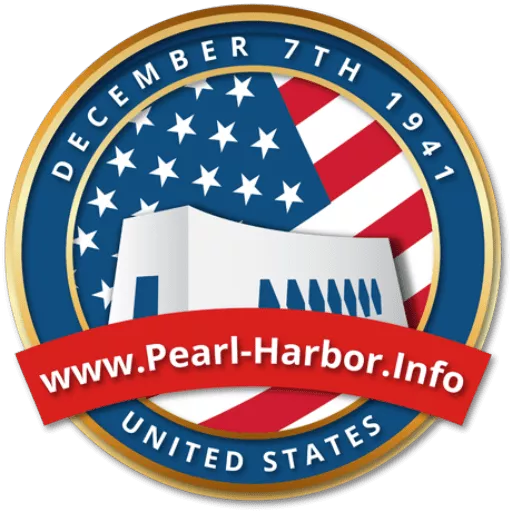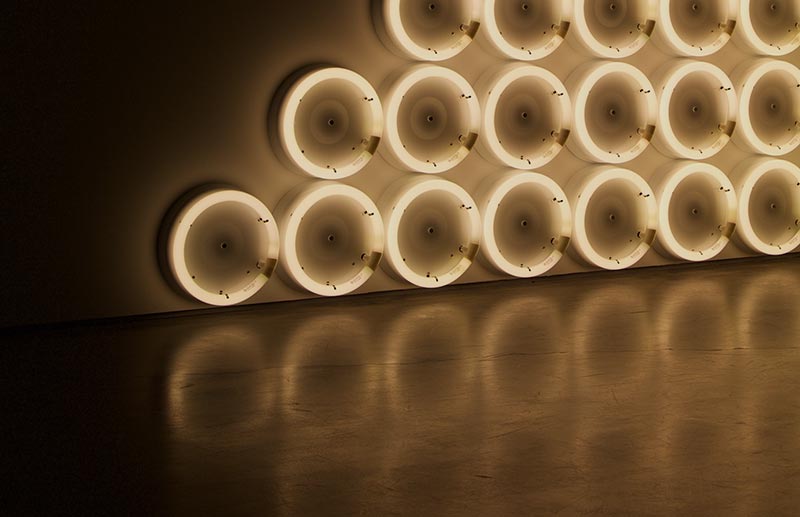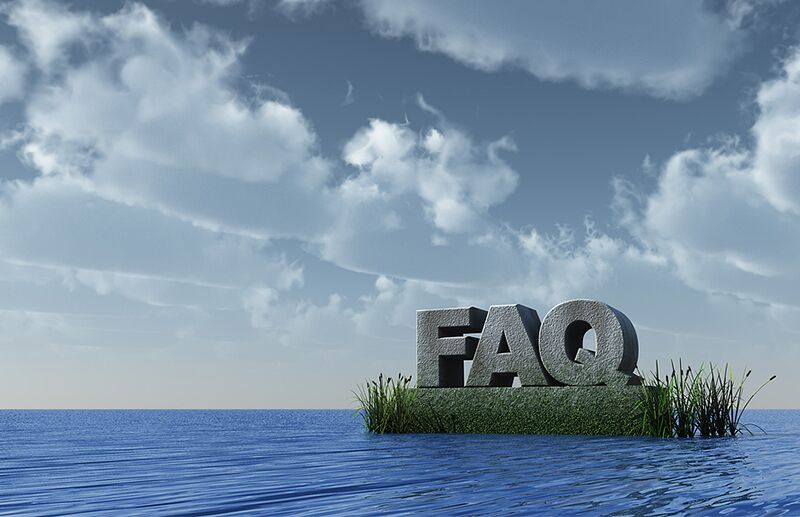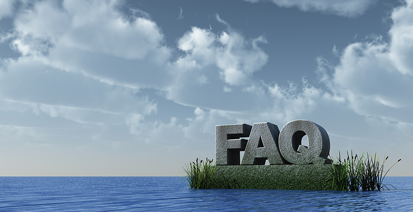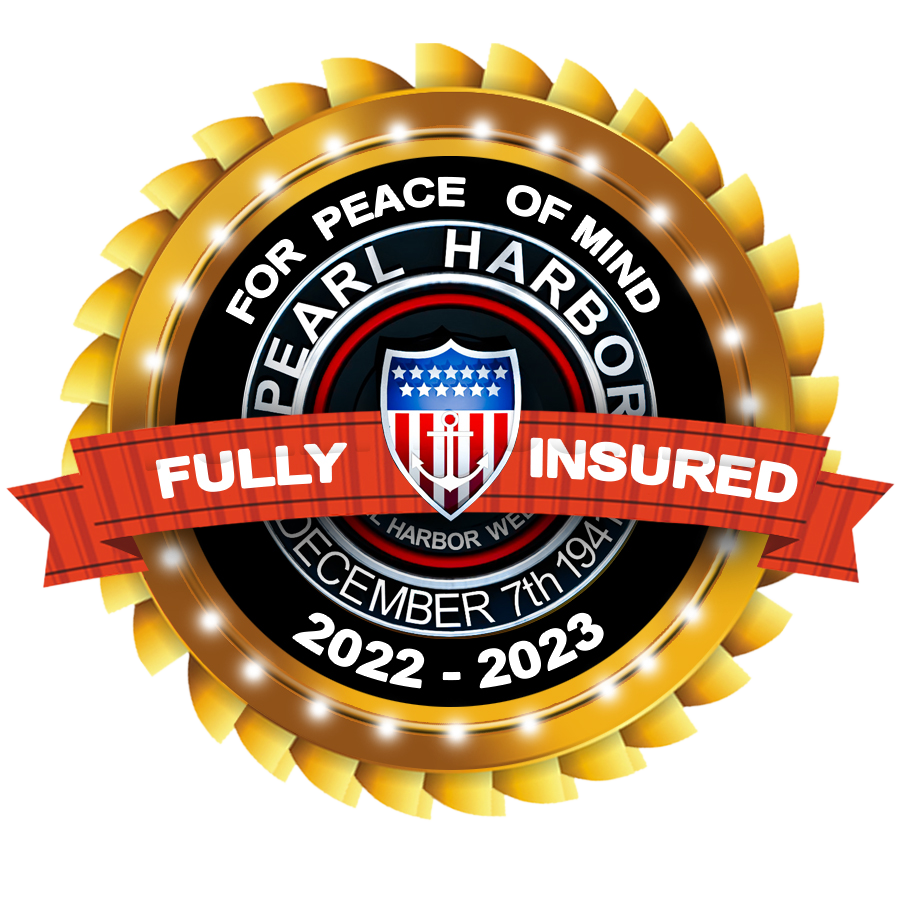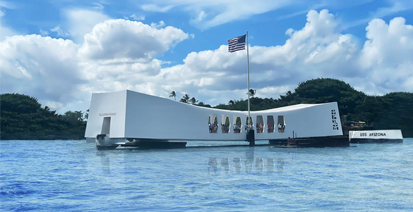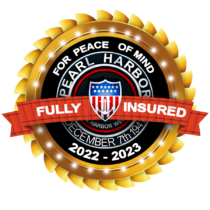Dec 7, 1941 The Attack On Pearl Harbor
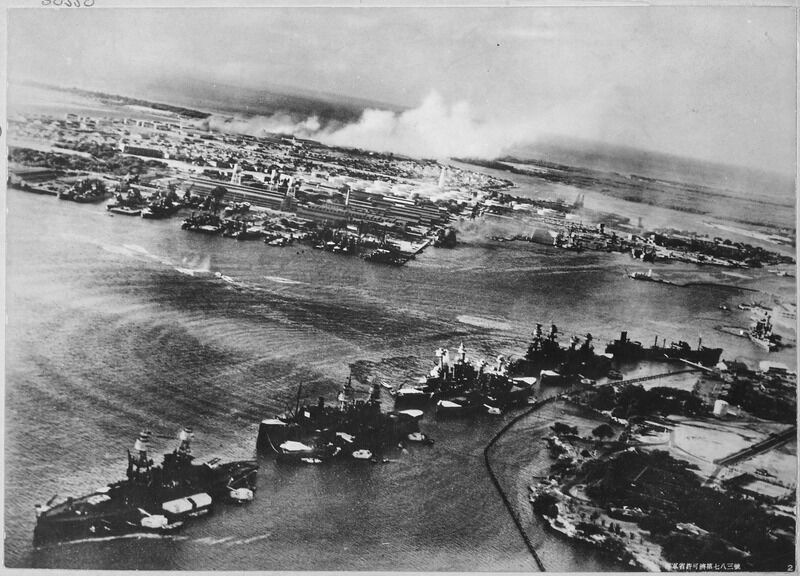
Captured Japanese photograph taken during the attack on Pearl Harbor, Dec. 7, 1941. In the distance, the smoke rises from Hickam Field., Unknown author, National Archives and Records Administration, cataloged under the National Archives Identifier (NAID) 520600, PD-USGov
The attack on Pearl Harbor was in the planning for over a year. Japan engineers were able to modify their torpedoes to be able to be launched in Pearl Harbor’s shallow water. Next, some of their best pilots train secretly for months in torpedo and dive-bombing training. Their goal was to surprise and destroy the US Pacific Fleet’s aircraft carriers and Battleships so the US could not interfere with their military plans to attack Southeast Asia.
Japanese intelligence knew there would be over 100 ships at Pearl Harbor on Dec 7th. However, their pilots were told to concentrate their attack on the three aircraft carriers, the mighty battleships all docked on Battleship Row, then hit the cruisers and the destroyers. Carefully planned for early Sunday morning, this sneaky attack was executed flawlessly, but with one gigantic error, none of the aircraft carriers were in Pearl Harbor.
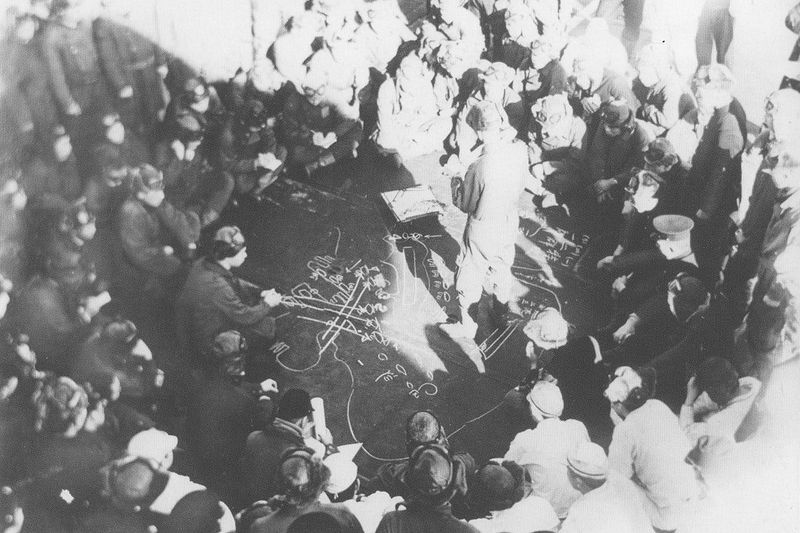
Lieutenant Ichiro Kitajima, group leader of the Imperial Japanese Navy aircraft carrier Kaga’s Nakajima B5N2 Type 97 torpedo bomber group, briefs his flight crews about the Pearl Harbor raid which will take place the next day. A diagram of Pearl Harbor and the aircraft’s attack plan is chalked on the deck., Author Not Stated, Werneth, Ron, Beyond Pearl Harbor: The Untold Stories of Japan’s Naval Airmen, Schiffer Military History, Atglen, PA, 2008, p. 108. Book states that the photo is from the Chihaya Collection via Wenger., PD-JPN-US
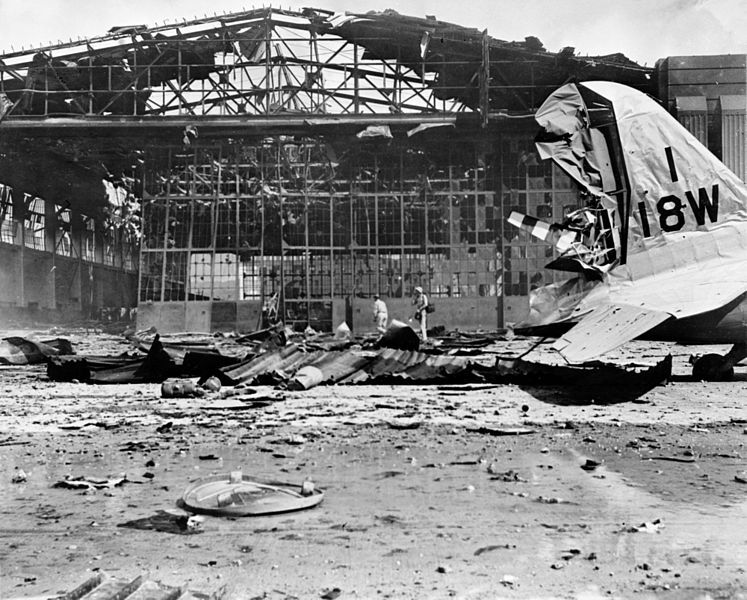
Rear view of the heavily damaged Hangar No. 11 at Hickam Field, Hawaii, on 7 December 1941. In front is the tail of a damaged Douglas B-18 Bolo bomber from the 18th Bombardment Group (Heavy). The two men near the hangar are Captain Ronald D. Boyer of the Signal Corps and Private Elliot C. Mitchell from the 50th Reconnaissance Squadron. The photo was taken just as a Japanese plane began machine-gunning the area., Cpl. Vincent P. Dargis, United States Army Signal Corps (photo SC-127024), United States Library of Congress's Prints and Photographs division under the digital ID fsa.8e09036, PD-USGov
Before attacking the ships at Pearl Harbor, the Japanese focused on destroying Oahu’s airbases and aircraft. The first wave of attack of 183 Japanese planes destroys the airfields at Wheeler, Hickam, Barber’s Point, and Fort Island. Runaways were put out of commission, and over 300 aircraft were destroyed. Now, there was no way the US could stop its attack on Pearl Harbor, and the Japanese Navy fleet, including their four aircraft carriers, were safe from US land-based bombers.
Part of the first wave of enemy aircraft attacked Pearl Harbor. The Battleship Arizona had a direct hit from a diver bomber in which its armor-piercing bomb went through her desks and explored her ammunition component, breaking the ship into and causing the deaths of 1,177 sailors and marines.
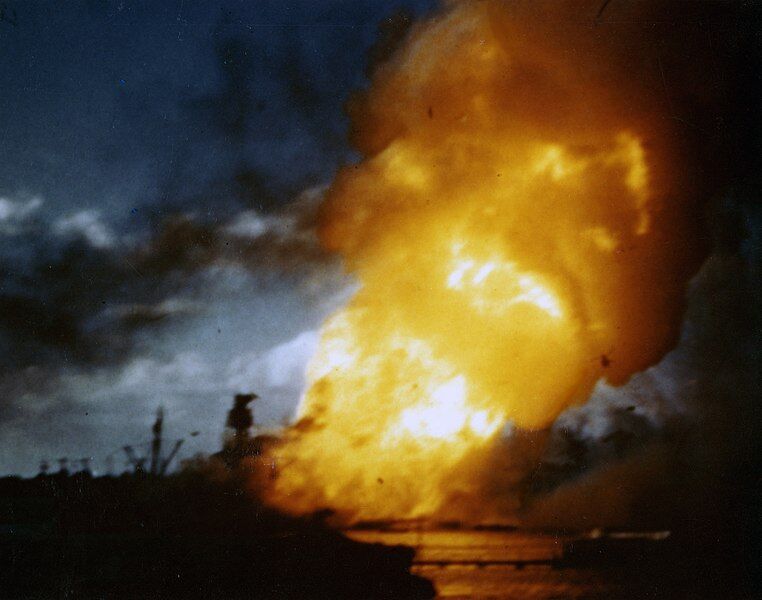
The U.S. Navy battleship USS Arizona (BB-39) ablaze at Pearl Harbor, immediately following the explosion of her forward magazines, on 7 December 1941., U.S. Navy (frame clipped from a color motion picture taken from on board USS Solace (AH-5), Official U.S. Navy photograph 80-G-K-13512, PD-USGov
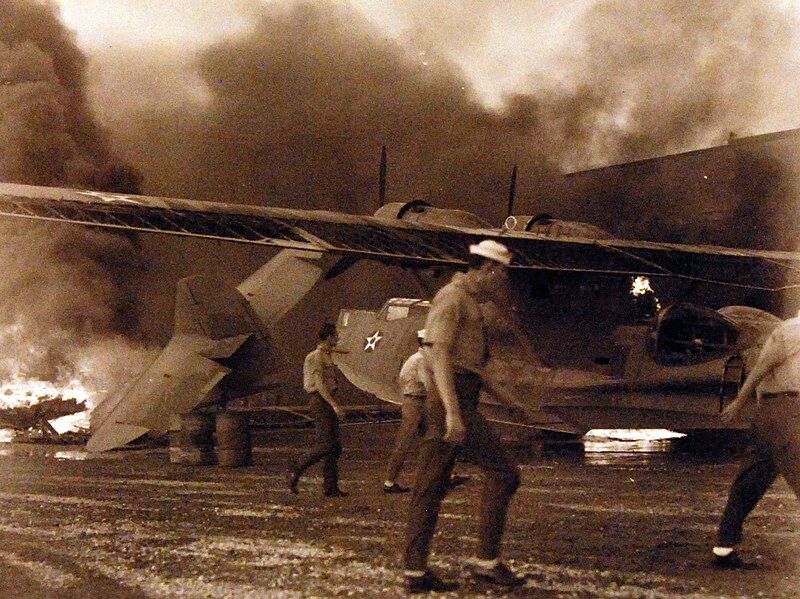
80-G-32833: Japanese Attack on Pearl Harbor, December 7, 1941. KNOE 119 Rescue operations after the first attack and before bombing at Naval Air Station, Kaneohe Bay. Pulling a partially burning PBY aircraft from center of fire area. (9/9/2015)., National Museum of the U.S. Navy, 80-G-32833, PD-USGov
The second wave of 171 Japanese aircraft was divided into three groups, two to concentrate on Pearl Harbor and the other to attack Kaneohe Marine Base. In a short time, 20 ships were destroyed or crippled, including four Battleships being sunk and four severely damaged. By the time the attack was over, 2,403 sailors, soldiers, and civilians had died, and 1,000 were wounded.
The Japanese lost 29 aircraft, five midget submarines, and just 64 casualties. The Japanese command decided not to go back for the third wave of attack because their Admiral felt their mission was accomplished in knocking out the US Pacific Fleet, and they were confident they could easily beat the Americans in the future in a short and victorious war.
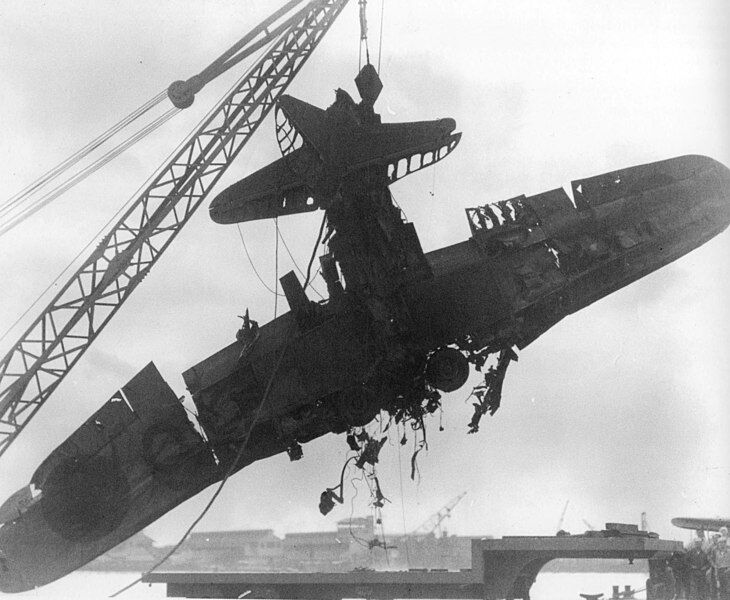
A Nakajima B5N Type 97 level/torpedo bomber from the Imperial Japanese Navy aircraft carrier Kaga is hoisted from the water of Pearl Harbor after the attack on 7 December 1941. This aircraft was commanded by Lieutenant Suzuki Mimori and he and the other two crew members of the aircraft were killed when the aircraft was shot down during the attack. The aircraft was one of five Kaga B5N lost in the attack on battleship row along with their crews during the first wave of attacks on the harbor., United States Navy, Werneth, Ron, Beyond Pearl Harbor: The Untold Stories of Japan’s Naval Airmen, Schiffer Military History, Atglen, PA, 2008, p. 156. Book states that the photo is from the US National Archives via Wenger, PD-USGov
